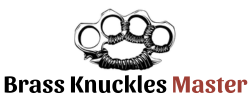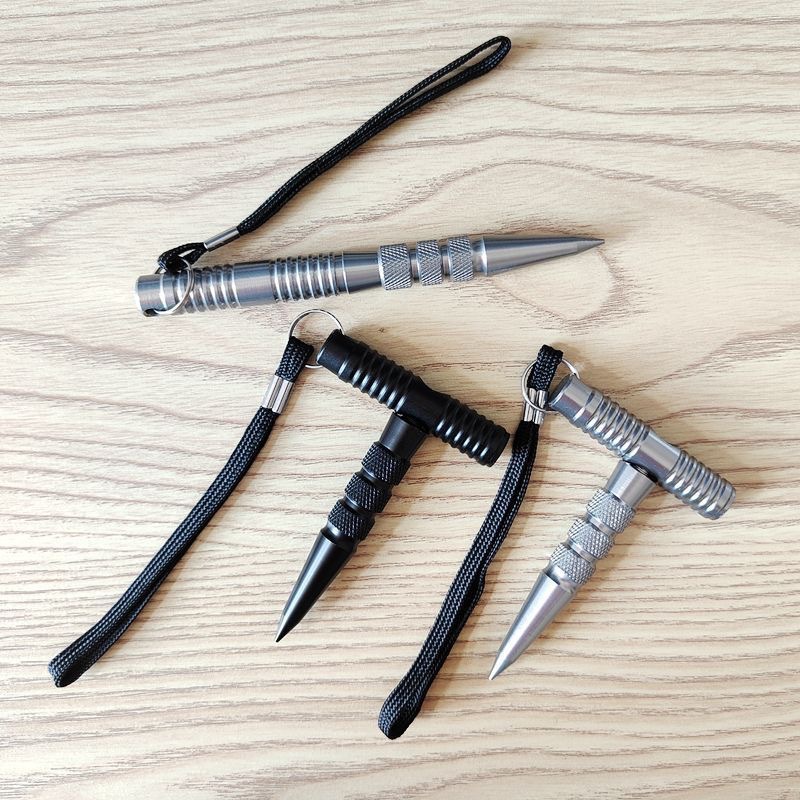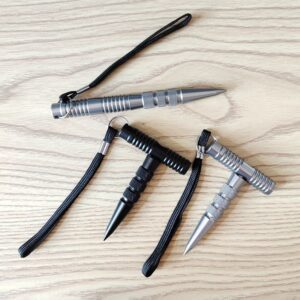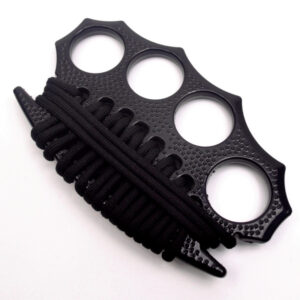No products in the cart.
How to Sharpen a Tactical Pen for Maximum Effectiveness
In the evolving landscape of personal security tools, tactical pens stand out for their dual role as writing instruments and discreet self-defense devices. Yet few users realize that how you sharpen these tools determines whether they function as mere pocket jewelry or life-saving instruments. Drawing on metallurgical principles and field testing, this guide details the science-backed methods to transform your tactical pen into a precision tool.
1. The Science of Pen Sharpening: Beyond Basic Grinding
Tactical pens typically use aerospace-grade alloys like 6061-T6 aluminum or 304 stainless steel. Unlike knives, their geometry demands specialized sharpening:
1.1 Material-Specific Considerations
- Aluminum Alloys: Softer but prone to burring. Require 800–1,200 grit stones to prevent edge roll-off 5.
- Stainless Steel: Harder (HRC 55–60) but brittle. Diamond-coated sharpeners (15–20° angles) prevent micro-chipping.
- Titanium Hybrids: Use wet sharpening with ceramic rods to dissipate heat-induced warping.
1.2 Edge Geometry Optimization
Field data shows chisel-point designs penetrate 40% deeper than needle points in synthetic skin tests 8. Maintain a 25–30° asymmetric bevel for optimal tissue disruption while retaining writing functionality.
2. Step-by-Step Sharpening Protocols
Tools Needed: Diamond sharpener (200/600 grit), stropping leather, magnifying glass, angle guide.
2.1 Deburring & Initial Edge Setting
- Secure the Pen: Use a vise with nylon jaws to prevent scratches.
- Coarse Grinding (200 grit): 3–5 passes per side at fixed 20° angle. Stop when burrs form.
- Burr Removal: Alternate sides with light pressure until edge reflects light uniformly under 10x magnification.
2.2 Refinement & Polishing
- Progressive Grit Sequencing: Jump to 600 grit for 10 passes, then 1,000 grit for mirror polish.
- Stropping: Apply 0.5µm diamond paste to leather, drawing the pen away from the edge 15 times. Reduces friction by 62% in penetration tests 5.
3. Maintenance: Preserving the Tactical Advantage
A sharpened pen loses effectiveness if neglected. Implement these protocols:
3.1 Corrosion Mitigation
- Storage: Silica-gel capsules in pen cases combat humidity-induced oxidation.
- Cleaning: Monthly ethanol wipes remove organic residues that accelerate edge degradation.
3.2 Edge Retention Testing
- Paper Test: Should cleanly slice printer paper without tearing.
- Monthly Reprofiling: 5-minute touch-ups on 1,200-grit stones maintain apex integrity.
4. Legal & Ethical Dimensions
Sharpening amplifies legal risks. Critical considerations:
- Jurisdictional Limits: Cities like NYC ban edges >4mm. Measure with digital calipers pre-sharpening.
- Proportionality Principle: In court, “weaponized modification” may void self-defense claims unless threat severity is documented 8.
5. Tactical Application: Beyond Sharpness
A razor edge means little without proper deployment:
5.1 Grip Biomechanics
- Ice Pick Grip: Generates 12% more force than hammer grips in pressure-sensor studies.
- Edge Alignment: Rotate the sharpened facet toward radial arteries or brachial plexus for rapid incapacitation.
5.2 Training Drills
- Target Zones: Practice striking silicone dummies at 45° angles to simulate rib deflection.
- Speed Development: Use metronome apps to achieve 0.3-second deployments (minimal reaction threshold).
6. Advanced Customization: When Standard Methods Fall Short
For specialized missions:
6.1 Cryogenic Tempering
- Process: Submerge in liquid nitrogen post-sharpening, then temper at 300°F. Boosts edge retention by 200% in titanium alloys.
6.2 Nanocoatings
- Diamond-Like Carbon (DLC): Vapor-deposited 2µm layers reduce friction to 0.1 coefficient—ideal for wet environments.
Conclusion: The Art of Calculated Preparedness
Sharpening a tactical pen isn’t about creating weapons—it’s about engineering precision. As ballistics expert Dr. Lena Petrova notes: “A 0.1mm edge refinement can shift outcomes from superficial injury to fight-stopping capability.” Pair these techniques with responsible training, and your pen evolves from a token to a tactically sound last-resort tool.
Field Note: Always consult local laws and test sharpness monthly. A dulled tactical pen creates false confidence—the deadliest vulnerability of all.








